In the article about frames I also referred to the Dutch style, with ebony or ebonized frames. I realized then that I had not yet written anything about ebony. I decided to rectify this mistake, especially since these are luxury woods, which are still used today, as in the past, to make very valuable objects. I will talk about ebonization another time. I will simply tell you that ebonization is a wood treatment process whereby a wood of another species takes on the dark, opaque colour of ebony.
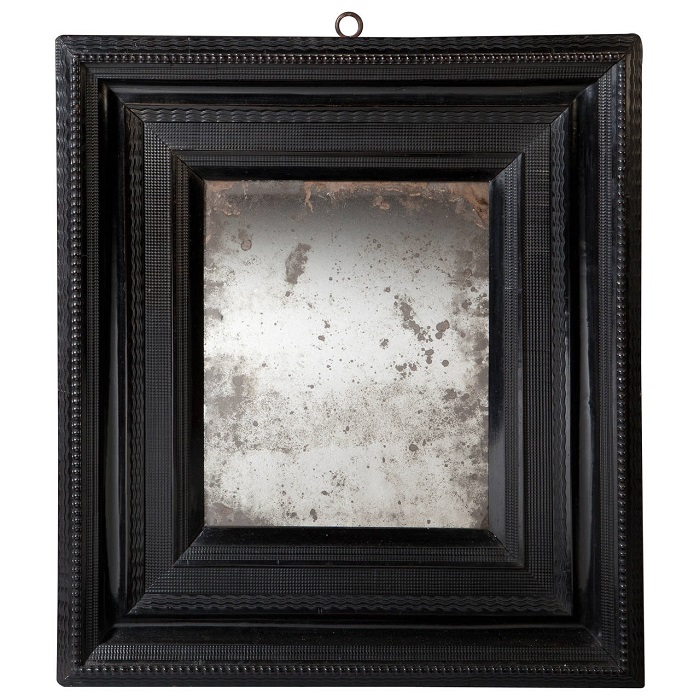
photo source: 1stdibs.com
Types of shakes
ebony is an exotic essence that belongs to the genus Diospyros. It has been known since ancient times, with ebony jewelry, cult objects and masks found in the tombs of Egyptian pharaohs. The name of the wood comes from the Egyptian - hbny - being taken over by the ancient Greeks as ebenos.
There are several types of ebony - some sources say more than 700 - which differ in origin and intensity of black color. What they all have in common, however, is the black color. Their range is Africa, Asia and the southeast USA.
The most popular types of ebony are:
- Diospyros crassifloraalso called Gabon or Cameroonian ebony. It is found in West Africa and has a deep black color
- Diospyros ebenumCeylon ebony. Found in Sri Lanka (old Ceylon) and India, it is black in color with slight gray or brownish tints
- Diospyros celebica, or Makassar ebano. It comes from Indonesia and is much more colorful than the other two, resembling zebrano
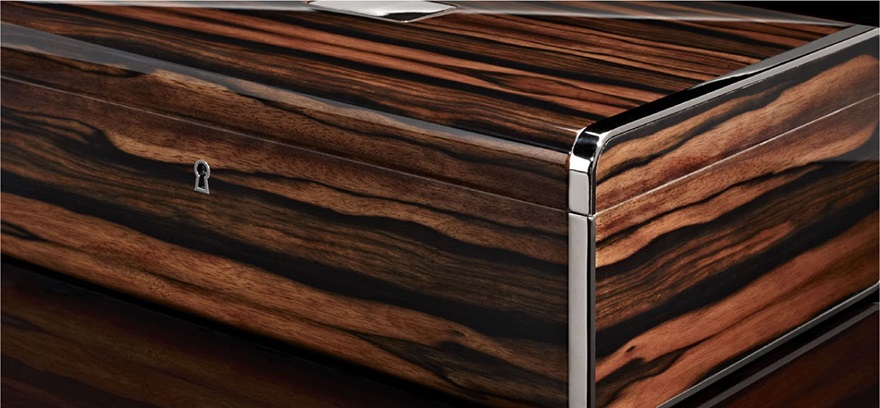
The fir tree
Regardless of the species, the tree grows very slowly and takes 70 to 200 years to reach a mature, exploitable state. It is not large, reaching 20-25 m in height and 1 m in diameter. It has deep and strong roots to withstand arid soils or long periods of drought.
It is a solitary tree, preferring stony and infertile soils. The theory is that it prefers these soils because in more fertile soils, where there are other plants, it would be destroyed by other species. The bark is grayish gray to pale brown.
Characteristics of ebony wood
Ebony is very heavy, so heavy that it does not float on water but sinks. Its density is between 950 and 1500 kg/m³, depending on the species.
The section clearly shows the difference between albumen and heartwood. It is the heartwood that is black in color, sapwood is light in color, even straw yellow. The older the wood the darker the color, and under 50 years the wood is not interesting, the color being much too light.
The fiber is straight and fine, sometimes slightly wavy, with a waxy appearance and a matt sheen. The pores are diffuse, medium-large, with no specific arrangement. The annual rings are distinct and small mineral deposits are visible. It has a high oil content which can sometimes make it difficult to stick to, but which makes it very resistant to attack by termites and other insects and very durable, being resistant to rotting.
Easy to finish. As it is very hard it can be polished without finishing. In the end it has a fine, waxy, silky sheen. Because of its high salt content, dust from mechanical processing can cause allergies, skin irritation or itching.
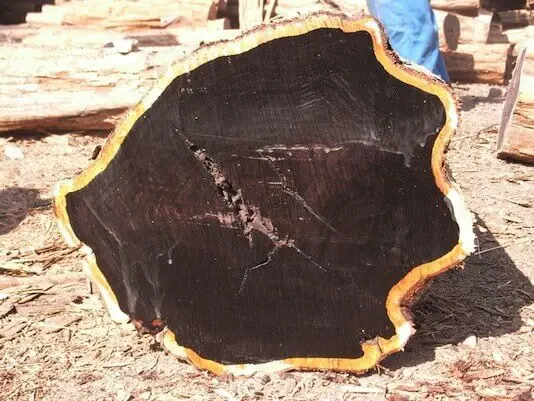
What explains its unusual weight and coloring
The fir tree absorbs salts from the stony soils in which it grows and over time the canals in the heartwood become clogged and can no longer absorb food. Over time the tree ends up feeding only on what the sapwood absorbs. Growth is therefore also very slow.
The heartwood almost petrifies over time, and salts deposit on the cell walls, darkening in color. The fixation of salts also makes it very hard. That explains the very high density.

Uses of ebony
Ebony was originally used to make charcoal, traditional carvings, combs, combs, arrows, bowls, knife handles. After the Europeans conquered countries in Africa and Asia and turned them into colonies, they began to abuse and unreasonably exploit the countries' resources. This is how ebony came to Europe as an exotic wood, used by furniture makers for exquisite pieces of furniture.
Thanks to its hardness and homogeneity, ebony carves very well. By the end of the 16th century, ebony had reached France. Famous furniture makers worked with it, embellishing their furniture with carvings. These manufacturers began to be called Ebenists, and over time the term became associated with master furniture makers. We also adopted the term ebenist, but now it is more related to restorers of antique furniture.
There was a time when a lot of furniture was made from ebony. Over time, irrational exploitation led, as in the case palisander or some mahoni, to the reduction and even disappearance of ebony in many countries. The wood began to be used for smaller works, for decorative objects, cigar or jewelry boxes, inlays and inlays, pipes and knife handles. Also made from ebony are wind instruments (clarinets), guitars and piano keyboards.
The ebony used to make furniture was replaced by other species of wood, and attempts were made to reproduce the color by means of stains or special treatments (ebonization).
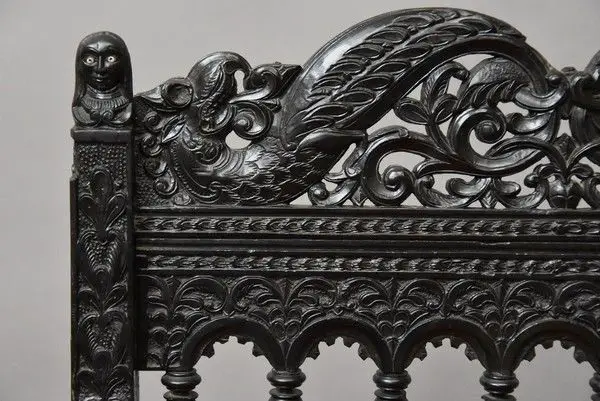
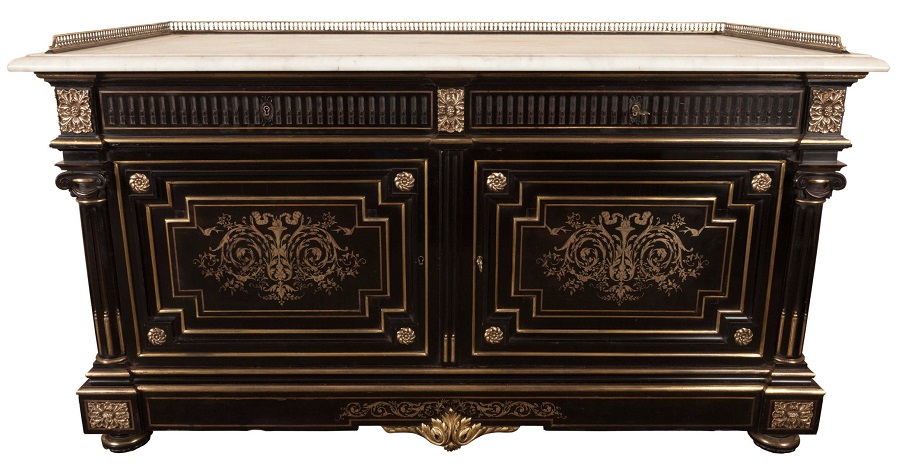
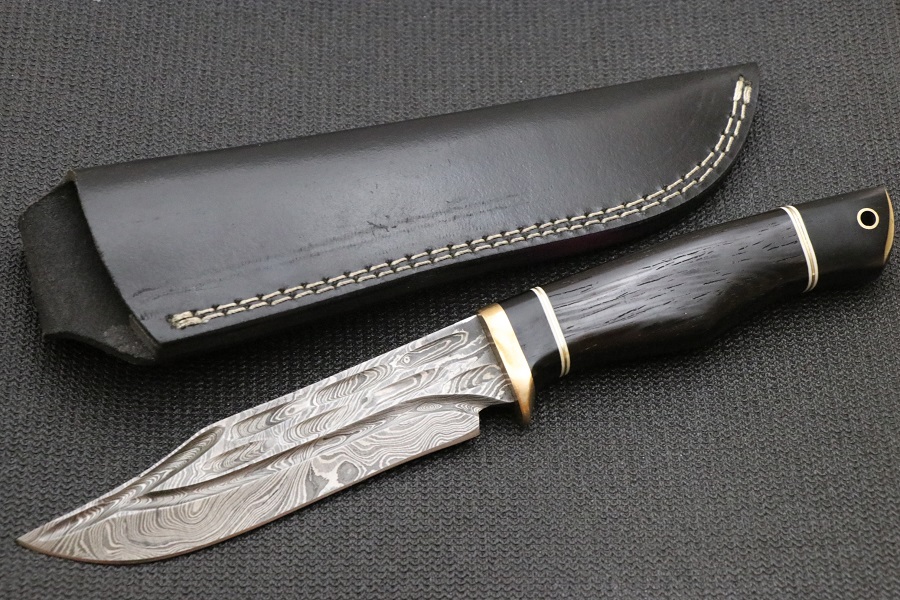
Overharvesting has led to the total extinction of some ebony species in some places
Excessive logging without a reforestation plan has led to dramatic situations in the case of ebony. To protect what's left, countries like Sri Lanka and India have banned exports.
Studies by CITES (Convention on International Trade in Endangered Species of Wild Fauna and Flora) have shown that species such as the Makassar ebony have declined by 50% in the last 3 generations, and the Ebony Mun (Diospyros Mun), a type of ebony that grows in Vietnam and Laos has declined by 80% over the last 3 generations.
The prospect of total extinction has led many to get involved in protecting it, calling on people to think twice before buying or processing ebony. There were also personalities like Bob Taylor, co-founder Taylor Guitars Companywho have been involved in such campaigns:
"We arrived in a country and we mined the ebony until it was finished. Literally. Then we moved to another country. And we finished it there too. I say "we" because we are the ones who destroyed the ebony. The ebony wasn't cut down by people in Africa for their needs. We cut it down and took it out of Africa to make guitars out of it" - Bob Taylor candidly admitted in 2012.
All this has made ebony a truly luxury species. To give you an idea, the price of a m³ of ebony is around 13.000$. If I also tell you that white oak sells for 120$ m³ in the USA, the picture becomes much clearer.
One idea to save endangered ebony species was to turn them into bonsai. The fir tree, because it grows neither fast nor very tall, can be transformed into this type of dwarf tree. Such attempts have been made with very good results. Unfortunately this is only a surrogate, leading to the old forests being moved into greenhouses.


























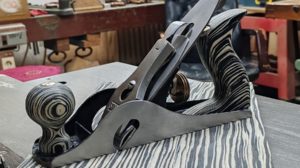
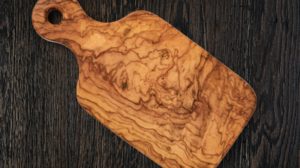
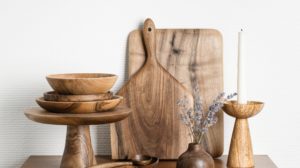
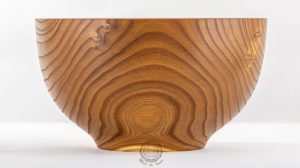
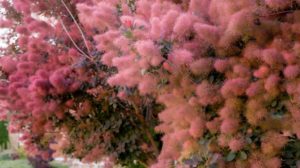

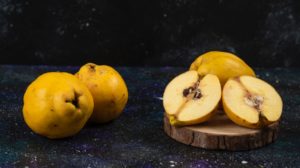




Article ok, harder is the spelling
Diospyros Melanoxilon is the most important ebony wood.And besides Diospyros trees there is also the black African wood Dalbergia Melanoxilon which is considered by many to be the original ebony that was used by the Egyptians.D.Melanoxilon is actually a rosewood and the wood in all the pictures posted is rosewood and not ebony of the genus Dyospyros.I would also add that not all the 700-1200 species of Diospyros produce ebony wood.
The ebony has not been exterminated. And the most savage exploitations are done by the Chinese colonists who have now conquered Africa. Mihaela is so ignorant and dumbed down by communist "education" she still hasn't realized that all the 3 pictures she posted in the article are inferior products made in China, symbolic for the waste. Say no to communism and the lobotomized generation.